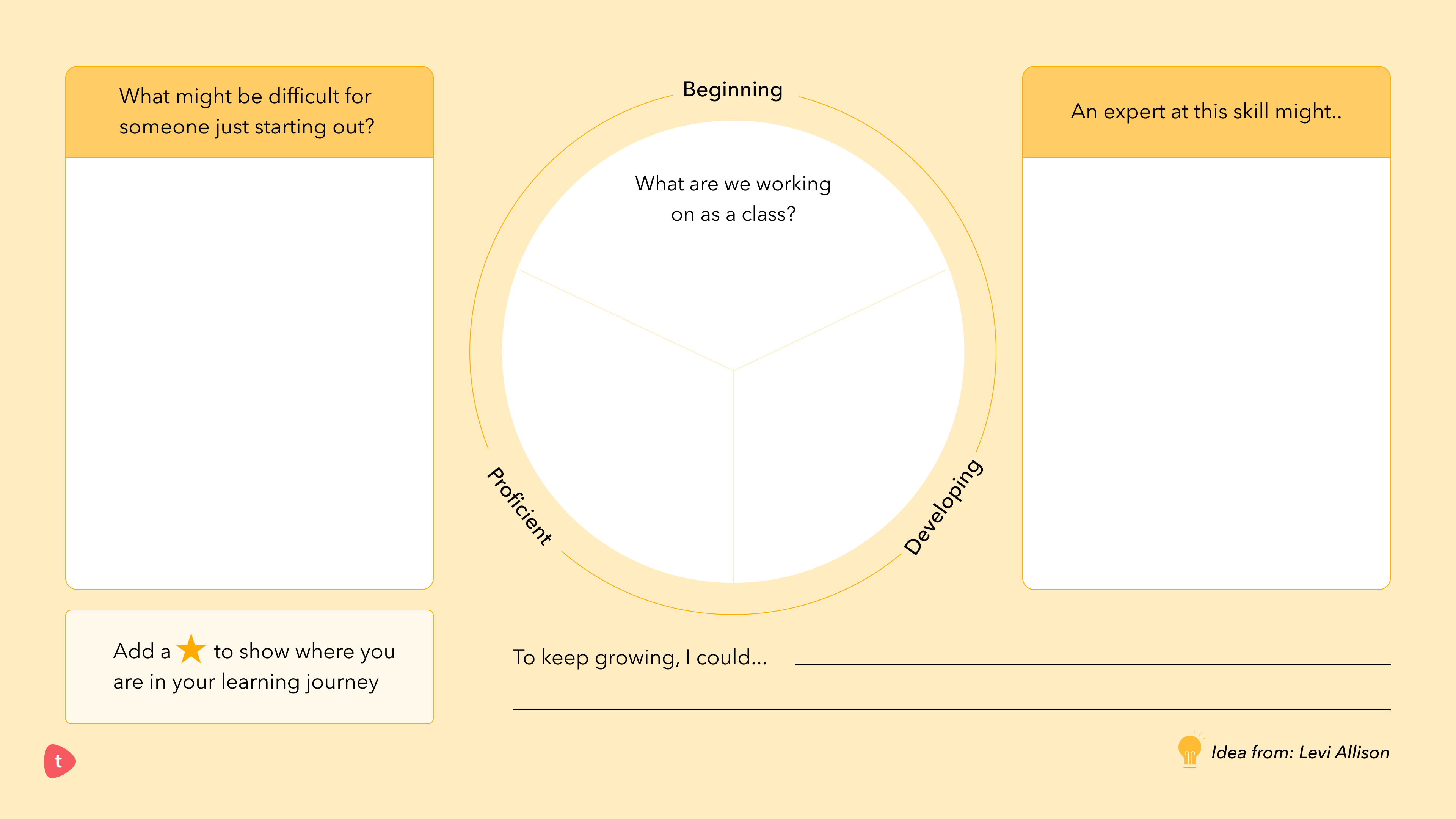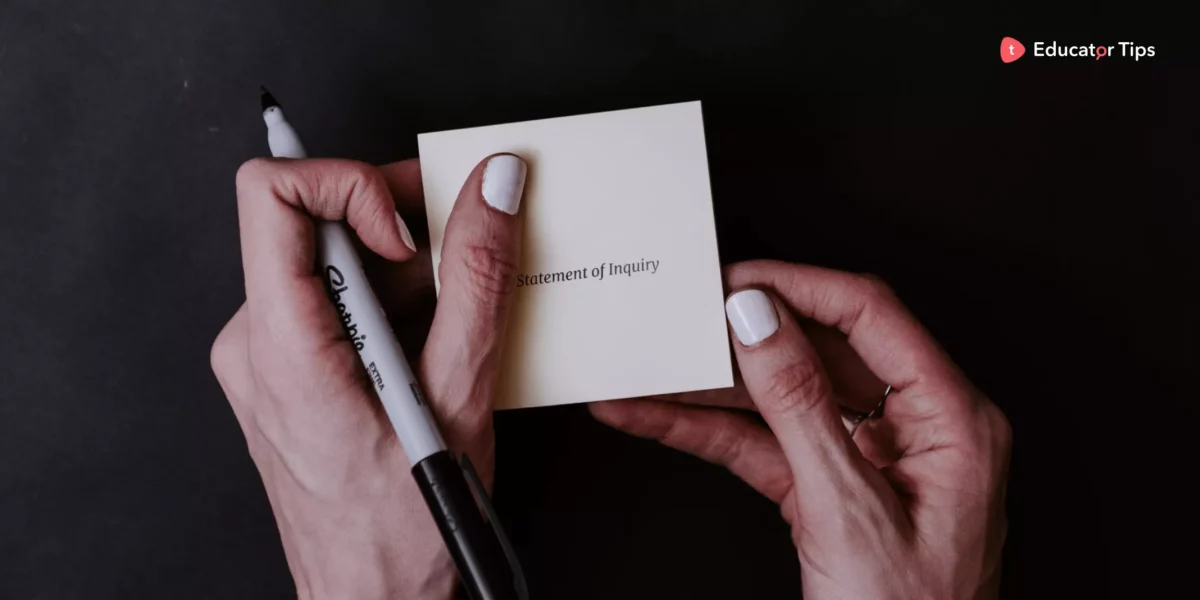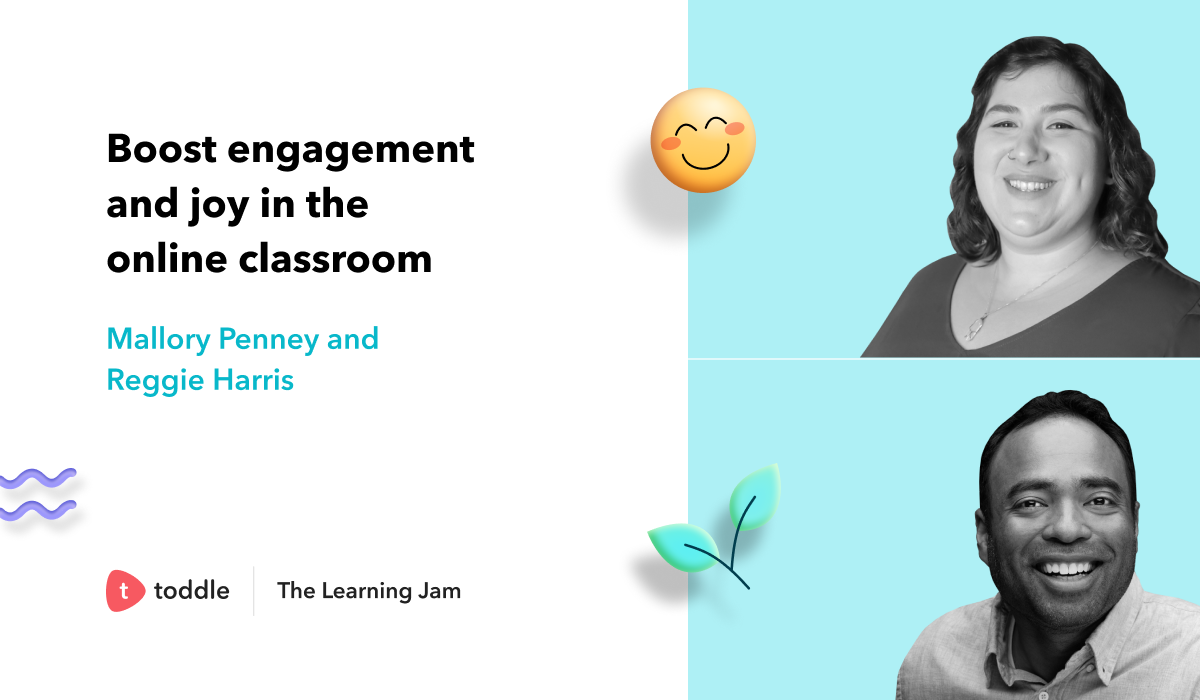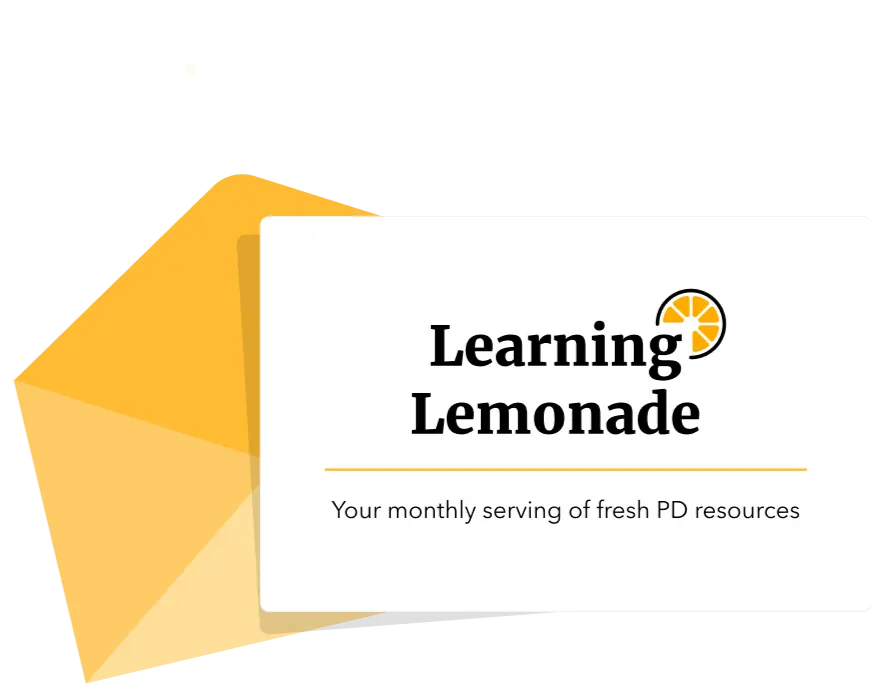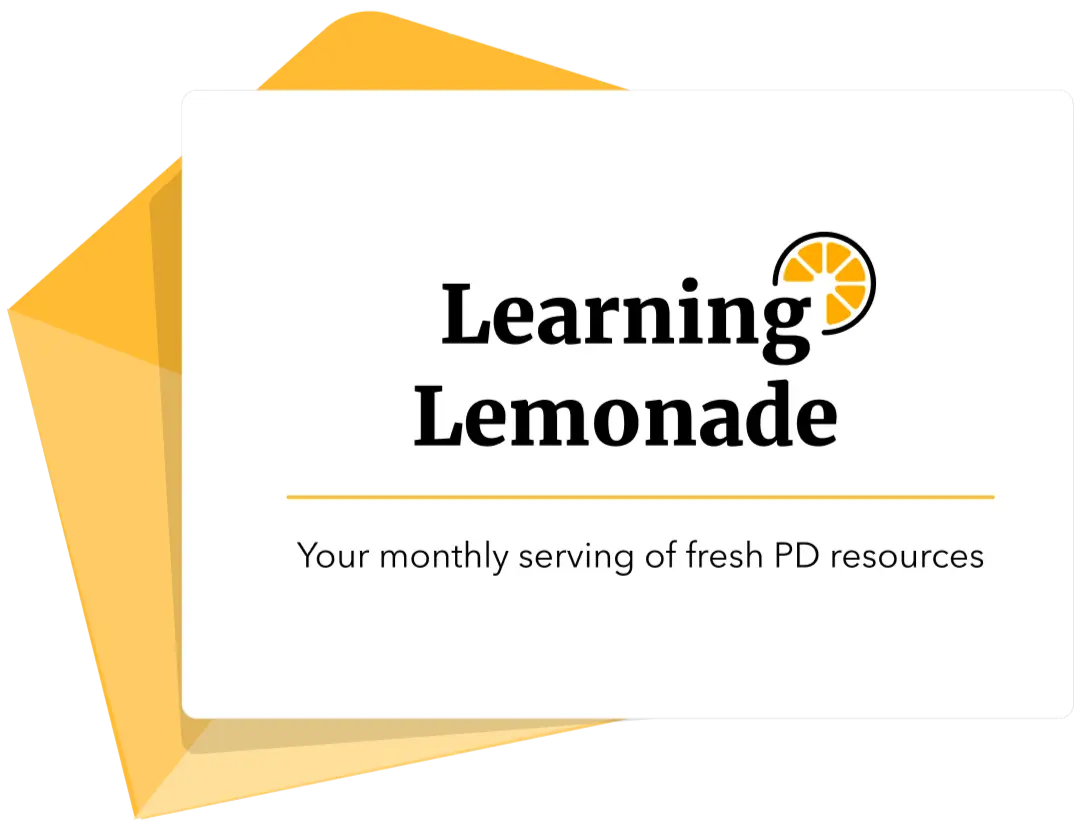3 Ingredients for Growing Assessment Capability
Reflections from the Toddle Recess Duty Takeover with Levi Allison
For the last two years, I have been working on developing assessment capability in my classroom. As a specialist teacher, I work with over 300 students and have spent this year trying to answer the guiding question, ‘How can I assess 300 students across multiple grades effectively while supporting agency?’. I had a chance to sit down with Cindy Blackburn on my podcast, Recess Duty, and reflect on my progress towards this goal.
In this blog, I will share with you three ingredients that have helped me grow assessment capability:
- identifying clear success criteria
- encouraging self-regulation
- modeling vulnerability
If you’d like to listen to my conversation with Cindy, head over to my podcast, Recess Duty.
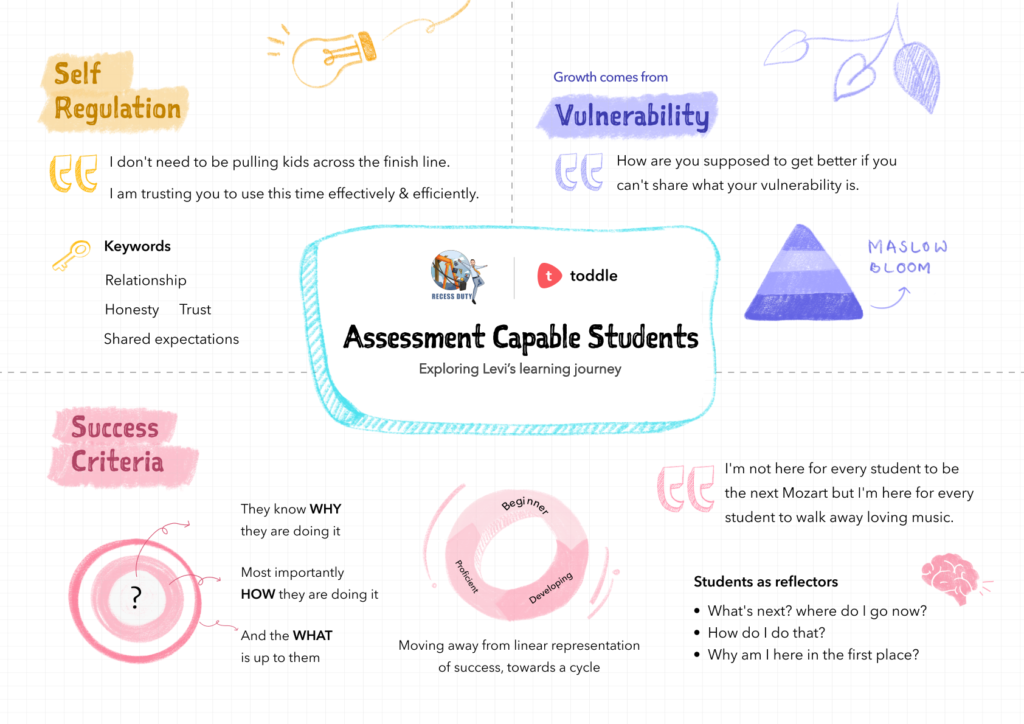
Identifying Clear Success Criteria
The first major change I made in my classroom was to become much clearer with success criteria. As guided inquiry educators, we should have a clear picture of what students should know, understand, and be able to do as a result of the learning. While we hold the primary responsibility of defining the scope of an inquiry and addressing our curriculum standards, there is immense value in sharing and unpacking what success looks like with students. I have made a few small but significant shifts that have had a profound impact on the learning in my classroom:
Lead with why:
The primary function of success criteria is to connect the class on why we are learning about music. In the early stages of our unit, we discuss the learning outcomes and share as a class why this learning is relevant in our lives.
Along with my students, I explored what it means to be a musician and why musicians are important in our lives. We dived into what it means to be artful and how we might use these skills in our everyday lives, as John Feiriband says, “to be artful, tuneful, and beat-ful”. These three goals helped us ground the why behind studying music and we unpacked this together to develop personal whys. We then looked at how our standards, concepts, and engagements help support our whys.
From Linear to Circular:
Another major shift when designing success criteria was to change how we visualised it in the classroom- from a linear model to a circular model. With a linear approach, I often found students feeling ashamed of being “beginners.” Therefore, a lot of our work this year has focused on building the confidence to recognise our own areas of growth. By shifting to a circular model, we have identified that all learners will eventually be beginners at something. I often share this learning cycle with my students and provide the central success criteria. As a class we discuss being a beginner or an expert in that skill looks like. Then, students place themselves on the circle and identify next steps.

Want to use this template with your students? Download it here.
Encouraging Self-regulation
Once we have clearly defined success criteria (the why) and brainstormed potential goals and milestones (how), the what is up to students! In the past, I felt the need to assign students work and manage their use of time. Now, I give increasing ownership to students of how they spend their time in pursuit of their goals. Students create their own learning plan for the day as they steadily work towards their goals, and my role shifts towards being both a facilitator and mentor. This shift has given me a significant amount of time to confer 1-on-1 with students and provide specific and timely feedback. This wouldn’t have been possible in a specialist setting without the use of co-created stations. But I knew co-creating stations was just the beginning.
When I asked students what they enjoyed in music, most students said singing, a few said performing and some simply said they enjoyed listening to music as a way to relax, unwind, and study. After discussing what students enjoyed we started to draft activities that were available for students.
We then moved on to creating stations within music based on different songs. We had several songs based on difficulty and through discussion, we worked on identifying each student’s ‘just right’ zone- a song that was neither too simple nor too hard but challenging enough to help them grow.
They took this challenge and flew! I am now constantly identifying new songs for them as they are eager to continue growing and challenging themselves musically. They may sing, perform, or simply analyse the musical patterns by listening, and they take ownership of how they share the various musical concepts.
Modelling Vulnerability
Admitting that we are growing can be scary! Asking for help from a peer requires an incredible amount of vulnerability and courage. Early on in the process of building assessment capability, I realised that I would need to develop a strong classroom culture to support this type of learning.
Modelling being a beginner:
To get students to become vulnerable, I had to show my own vulnerability and put my personal sticky note on the beginning side of our learning cycle and demonstrate that a beginner does not mean ‘bad’. It just means you are starting your journey and that is ok. I knew I had to remove the stigma of being a beginner. I intentionally modelled using new technology platforms or trying new skills to show that everyone, including teachers, are learners.
Maslow before Bloom:
Although I see my students less frequently than their homeroom teachers, I wanted them to feel seen and cared for. One practice I have adopted is a daily digital check in. I use a google form and look for trends to identify how students are feeling and what times of year are full of excitement or challenges. I find ways to integrate SEL and emotional check-ins consistently so students know that not only do I care about their academic well-being but also about them as individuals.
A room full of teachers:
As a class, we practice the skill of asking for help and giving help. Whenever possible, I try to model this mindset. I try new tech tools or take risks in lessons to show that everyone in our classroom has something to learn and share. This gives my students the confidence to not only ask for help, but also gives them an opportunity to teach me and their peers.
It is important to create clear structures where we know what us acceptable as a learning community. I started my year with creating essential agreements around collaboration. We agreed as a community on what is helpful and not helpful. For example, “We agree to share our process and thinking but not the answer.” I also explicitly share and model a few strategies to teach students how to teach. One way to do this is to get students practice explaining their thinking using drawings as a support tool.
My conclusions
When we empower our students to become assessment capable, we change our roles and relationships. Our classroom culture becomes one of trust, respect, and curiosity, and we create a space for connection and vulnerability. To me, this is what true success with assessment capability looks like.
I am not ashamed to say, that I am still a beginner! I have so much more to learn from and for my students. I plan to continue my journey by looking for even more ways to empower my student’s ability to identify their areas of growth and to help support them with the next steps.
Thank you so much for joining me on my journey. I leave you with a few glimpses from my classroom so you can see my goal in action!



